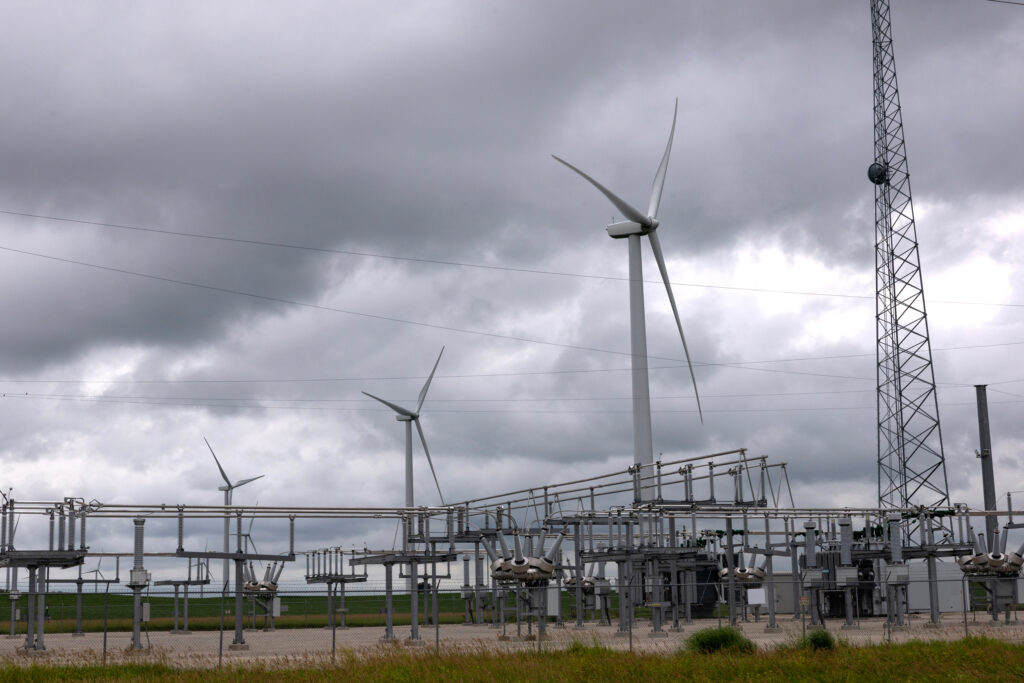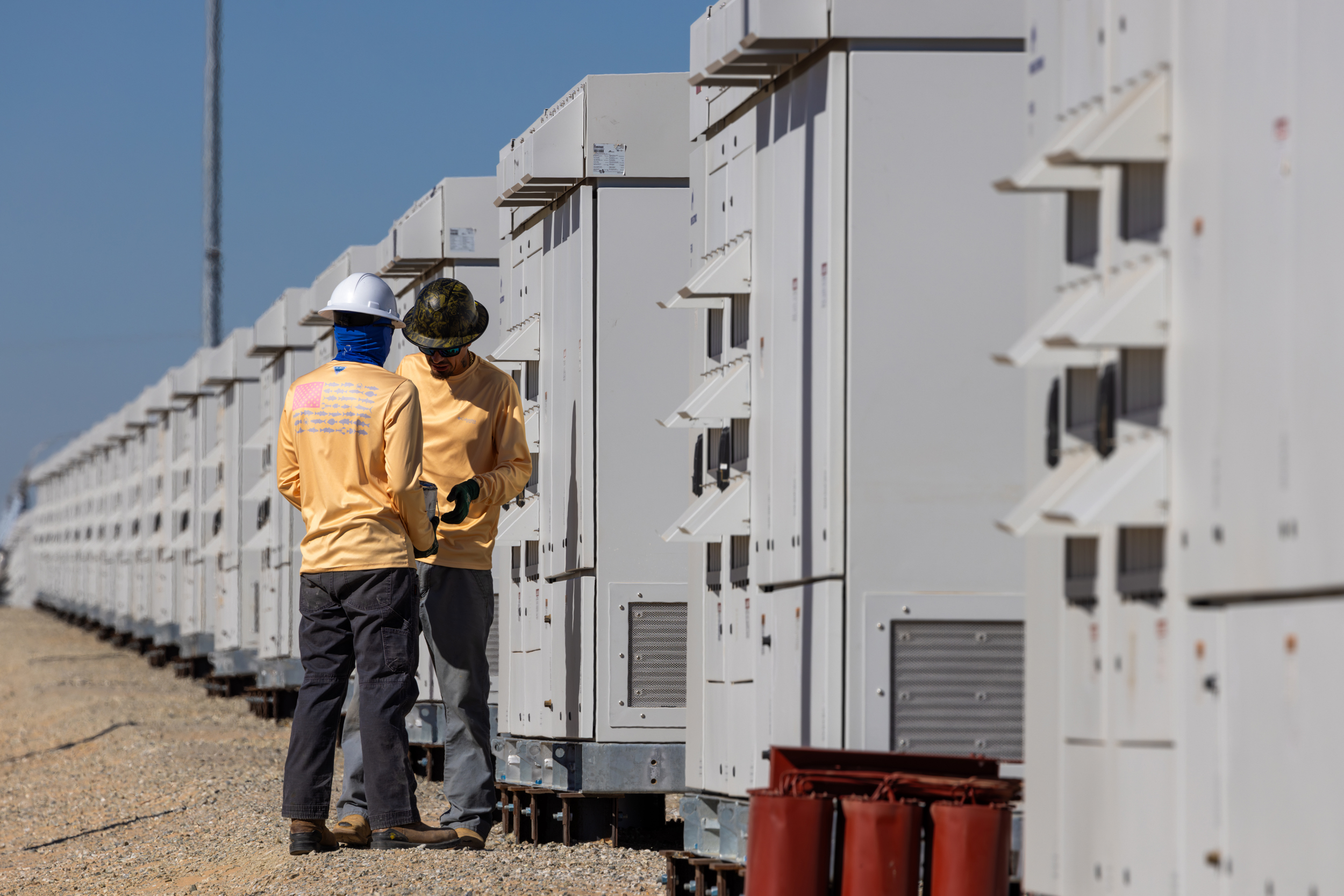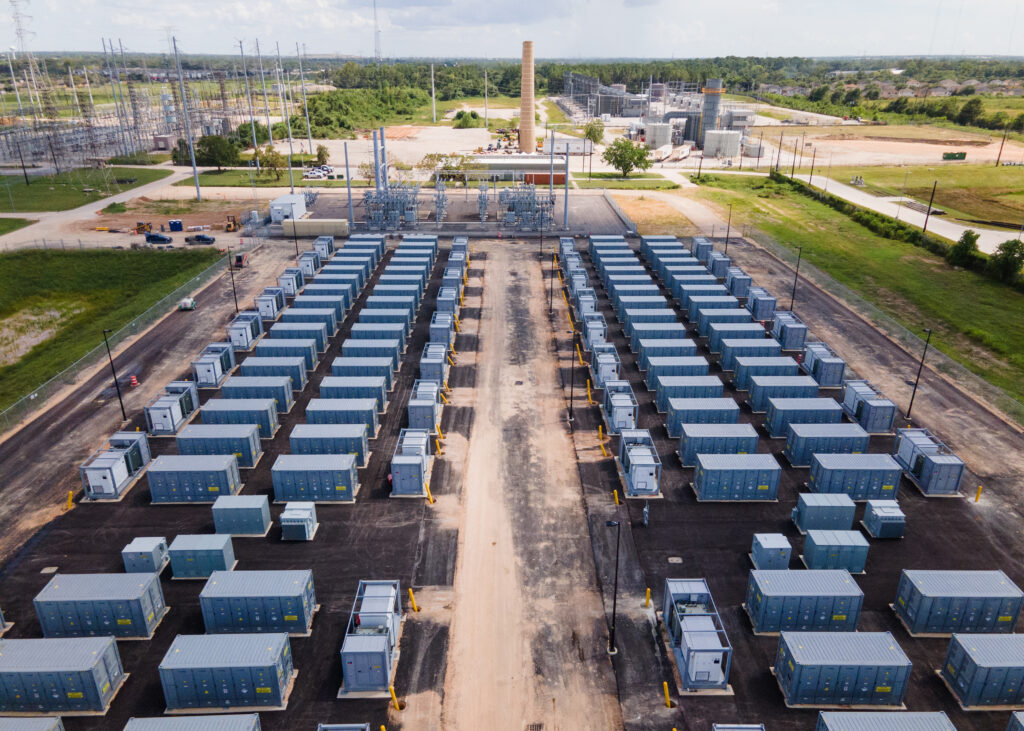Consumers are facing a Sept. 30 deadline to be eligible for tax credits for EVs, followed by a Dec. 31 deadline when credits vanish for rooftop solar, air source heat pumps and certain water heaters.
These are major purchases and customers will likely want to consider multiple options before making a selection, but there isn’t much time for research. To help, I’ve convened some experts to help you make good decisions.
First, how we got here: President Donald Trump signed the One Big Beautiful Bill Act earlier this month, which repealed tax credits that had been created or expanded under the Inflation Reduction Act.
Since the EV credits expire first, we’ll start there. Until Sept. 30, the government has a $7,500 credit for qualifying new EVs and plug-in hybrids, and a $4,000 credit for qualifying used EVs. There is also a $7,500 credit under a different part of the law that applies to leased EVs.
Should you buy immediately? I asked Alex Knizek, associate director of auto test development at the Consumer Reports Auto Test Center.
“If you’ve already done your research and found a safe, reliable EV or [plug-in hybrid] that fits your needs and budget, you should make that purchase sooner rather than later,” he said. “But don’t panic-buy a car in a rush just for the sake of getting the tax credit.”
Knizek said there is a danger that a quick decision will leave you stuck with a vehicle that doesn’t fit your needs. Also, a quick buying process may lead you to get a vehicle that is unreliable and will need expensive repairs.
Especially if you’re a first-time EV buyer, there are some details you need to figure out before you start taking test drives. For example, you should determine your charging setup and get a sense of whether there will be extra costs to upgrade your home’s wiring.
The larger point is that rushed decisions are often bad decisions.
But if you feel ready to buy, there are many resources available to identify which vehicles have the best promotions and the inventory levels in your area. Websites such as KBB.com and Edmunds.com can provide a big-picture view.
The federal government lists which new vehicles and used vehicles qualify for credits when a customer is buying, as opposed to leasing.
For leases, dealers and their financing affiliates can get a $7,500 credit for EVs that they deliver to customers, with few restrictions. But there is no master list for prices and availability. I’ve found that it’s helpful to look online for lists of the best lease deals, and also look for specials on the websites of local dealers.
Prices vary depending on where you are located. For example, Columbus, Ohio, where I live, often doesn’t have some of the best promotions that are available in markets where dealers have a lot more EV inventory.
You have more time to shop and make decisions about the other expiring credits than you do with EVs. Most of the other consumer-facing tax credits expire on Dec. 31, including:
- A 30 percent credit for home energy systems that can include rooftop solar, battery energy storage systems and small wind turbines, among others. This credit has no maximum benefit, which allows for a lot of flexibility in deciding the size of the system you want.
- A 30 percent credit for buying a qualifying air source heat pump, which is an electric system that provides home heating and cooling. The maximum benefit is $2,000.
- A 30 percent credit for home improvements that help with energy conservation, which can include insulation, windows, doors and electrical panel replacement. The maximum benefit is $1,200, and there are several other limits for certain items, such as a cap of $600 for windows.
The only major consumer-facing credit that will continue beyond the end of the year is an incentive for buying and installing a home charger for an EV, which ends after June 2026. This is a 30 percent credit with a maximum benefit of $1,000. (EnergySage has a good roundup of the credits and expiration dates, which helped me to parse some of these details.)
But knowing which credits are available is just an initial step. The next one is to determine what to do with this information.
At my house, I have found that Electrify Central Ohio is a great resource, and I wrote about it in 2022. It’s a volunteer-run organization in which people share their experiences with buying rooftop solar, EVs and other emissions-cutting technologies. Other cities and regions have their own groups like this and I advise you to join one in your community.
I asked the co-founders, Andy Leber and Madeline Fleisher, whether the rapid expiration of tax credits means I should rush to make purchases.
“We were advising people considering solar to do it this calendar year, but it might already be too late to start getting bids and getting the system installed by Dec. 31,” said Leber, who is an Ohio State University psychology professor by day. “If I were shopping now, I’d try to secure a guarantee that the system would be installed in time and eligible for the credit.”
This story is funded by readers like you.
Our nonprofit newsroom provides award-winning climate coverage free of charge and advertising. We rely on donations from readers like you to keep going. Please donate now to support our work.
Donate Now
He is less sure of what to recommend for people who want to buy battery energy storage. He expects that retail prices for batteries will continue to fall to the point that the repeal of the credit won’t be as much of an issue in a year or two as it would be for rooftop solar and other resources.
Fleisher, an attorney who specializes in energy issues, emphasized the urgency of getting rooftop solar before the end of the year because of questions of what the solar industry is going to look like as it tries to adapt to not having the credits.
“I think you’re rolling the dice after the end of this year as to what might happen,” she said. “The business model is built around the tax credit and there’s going to need to be some significant adjustment of that business model before companies can figure out how to make money. It could be rough in the meantime.”
In writing about the rapid expiration of the credits, I’m reminded of how forward-thinking they were. Most of these credits were set to last for a decade before this abrupt reduction in the timetable.
Fleisher noted that the original timetable meant that the credits were going to be around as consumers reached the point in their buying cycle when they needed a new car, heating system or other major purchases.
She suspects that many people will find that their needs didn’t line up precisely enough with the window of when the incentives are available.
“People won’t find out about it until it’s too late,” she said. “People are going to miss the chance.”
Other stories about the energy transition to take note of this week:
PJM Capacity Price Rises Again and Hits Cap as Clean Energy Projects Remain Stalled: Electricity customers are going to see a continuing increase in costs because of results of an auction announced this week in the country’s largest grid region, as my colleague Rambo Talabong reports for ICN. PJM Interconnection—whose territory runs from New Jersey to Illinois—held the auction to set the price that is paid to power plant owners to be available for use by the grid when needed. Growth in electricity demand combined with PJM’s backlog of approvals of grid connections for new energy projects, most of them renewable, are contributing to a scarcity that is driving up prices. The new price, which takes effect next year, is $329.17 per megawatt-day, which hit a price ceiling set by PJM. The upshot is that most customers will see increases in the part of their bills that covers PJM’s services.
Tesla’s Automotive Revenue Falls Again, Even Lower Than Analysts Expected: Tesla had a rough second quarter, reporting on Wednesday that its automotive revenue fell 16 percent compared to a year ago, the second quarter in a row in which sales decreased. This is the second straight quarter of revenue declines as the automaker dealt with challenges tied to the lack of a hot new model and the continuing fallout from CEO Elon Musk’s close association with the Trump administration. The results fell short of analysts’ expectations and added to a string of disappointing news for the company, as Lora Kolodny reports for CNBC.
Trump Has Unleashed a Regulatory Blitz Against Renewables: President Donald Trump has used the powers of his office to try to put up barriers to renewable energy development. A recent example is the requirement disclosed last week that Interior Secretary Doug Burgum or his deputy personally approve renewable energy projects on public lands. Benjamin Storrow reports for E&E News about the administration’s efforts and how they are a significant escalation using the government to slow growth of renewables.
Republican Excitement for Wyoming Rare Earth Mining Contradicts the Party’s Disdain for Renewables: A recent ribbon cutting for Ramaco Resources’ Brook Mine was showcase for Republicans’ dissonance on mining for rare earth minerals, as my colleague Jake Bolster reports for ICN. On one hand, the Trump administration has taken action to encourage U.S. production of rare earth minerals. On the other hand, the administration has been hostile to the products that need these minerals, which can include solar cells and EV batteries.
Can the Rooftop Solar Industry Make Up for Lost Tax Credits by Cutting Costs? One of the big questions as tax credits are about to expire is whether the rooftop solar industry will be able to adjust. Jeff St. John of Canary Media reports on some of the attempts by solar companies to reduce “soft costs” in the process, which includes just about everything other than hard equipment. The industry has long recognized that there is room to cut soft costs, and the companies that survive are likely going to be the ones that figure out how to do it.
Inside Clean Energy is ICN’s weekly bulletin of news and analysis about the energy transition. Send news tips and questions to [email protected].
About This Story
Perhaps you noticed: This story, like all the news we publish, is free to read. That’s because Inside Climate News is a 501c3 nonprofit organization. We do not charge a subscription fee, lock our news behind a paywall, or clutter our website with ads. We make our news on climate and the environment freely available to you and anyone who wants it.
That’s not all. We also share our news for free with scores of other media organizations around the country. Many of them can’t afford to do environmental journalism of their own. We’ve built bureaus from coast to coast to report local stories, collaborate with local newsrooms and co-publish articles so that this vital work is shared as widely as possible.
Two of us launched ICN in 2007. Six years later we earned a Pulitzer Prize for National Reporting, and now we run the oldest and largest dedicated climate newsroom in the nation. We tell the story in all its complexity. We hold polluters accountable. We expose environmental injustice. We debunk misinformation. We scrutinize solutions and inspire action.
Donations from readers like you fund every aspect of what we do. If you don’t already, will you support our ongoing work, our reporting on the biggest crisis facing our planet, and help us reach even more readers in more places?
Please take a moment to make a tax-deductible donation. Every one of them makes a difference.
Thank you,

















